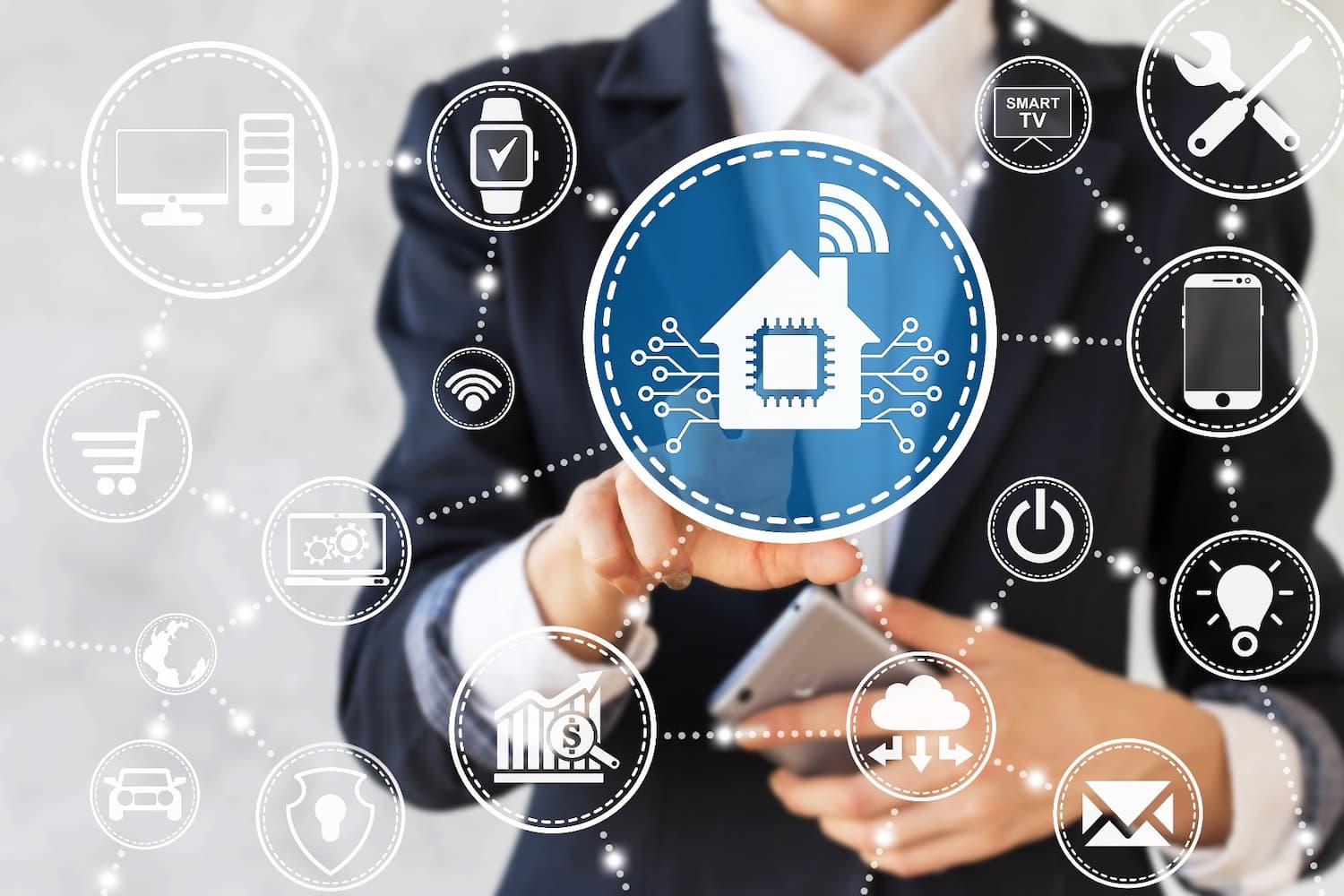
The smart building revolution has long been defined by its pursuit of efficiency. From automated lighting controls to AI-powered building management systems, the goal has been to create environments that are more sustainable, cost-effective, and responsive. However, as our buildings become increasingly connected—a complex web of sensors, devices, and networks—a new, formidable challenge has emerged: cybersecurity. The very systems designed to optimize a building's performance can become its greatest vulnerability, making robust security measures not just a best practice, but an absolute necessity.
This is a shift from a reactive mindset to a proactive one. It’s no longer enough to simply manage a building; we must now secure it. For building owners, facility managers, and developers, understanding this new landscape of risk is the first step toward building a truly resilient and future-proof asset.
The Digital Threat: Why Smart Buildings are a Target
The modern smart building is a treasure trove of data. It collects sensitive information on everything from energy consumption and occupancy patterns to guest room preferences and tenant movements. This data, while invaluable for improving operational efficiency, also presents a tempting target for malicious actors.
A cyberattack on a smart building can have far-reaching consequences:
-
Operational Disruption: Hackers can manipulate building systems, such as HVAC and lighting, to cause chaos, damage equipment, or even compromise life safety systems.
-
Data Breaches: Sensitive data, including personal information from tenants or guests, can be stolen, leading to financial loss, legal liability, and irreparable damage to a building’s reputation.
-
Financial Loss: Beyond fines and legal fees, an attack can result in direct financial losses through fraud, extortion, or the cost of remediation.
A central point of vulnerability often lies in the reliance on centralized, cloud-based control systems. While powerful, they can create a single point of failure. As we've seen in recent high-profile breaches, a weakness in one vendor's system can have a domino effect, compromising every connected system and turning a building's intelligence into its biggest liability.
How IoT and BubblyNet Build a Secure Foundation
Securing a smart building requires a new approach—one built from the ground up with security in mind. This is where modern IoT protocols, like the one BubblyNet's solutions are based on, offer a distinct advantage. Instead of a single, centralized brain, our systems operate on a decentralized, distributed network, creating a far more resilient architecture.
BubblyNet’s wireless lighting control systems, for example, leverage a Bluetooth mesh network. This is not just a wireless connection; it’s a robust, multi-layered security protocol. Each device in the network has its own local intelligence, reducing reliance on a single central server. This "edge computing" approach means that data processing happens closer to the source, significantly minimizing the amount of sensitive information transmitted to the cloud and isolating potential threats. If one device were to be compromised, the impact would be contained, preventing a system-wide breach.
As Fabio Zaniboni, our Founder and CEO, often notes, our mission is to make buildings smarter and more responsive. This includes building in security from the very first line of code. Our solutions are designed with multiple layers of protection, including mandatory separation of network and application keys. This means that a device, such as a lighting fixture, can communicate with other devices without having access to the more sensitive data on the application layer, ensuring that even if one layer is breached, the other remains secure. All messages transmitted across the network are authenticated and encrypted, providing a secure and reliable network that can support a wide range of devices and applications without compromising safety.
Read Full Article on In Business Magazine





